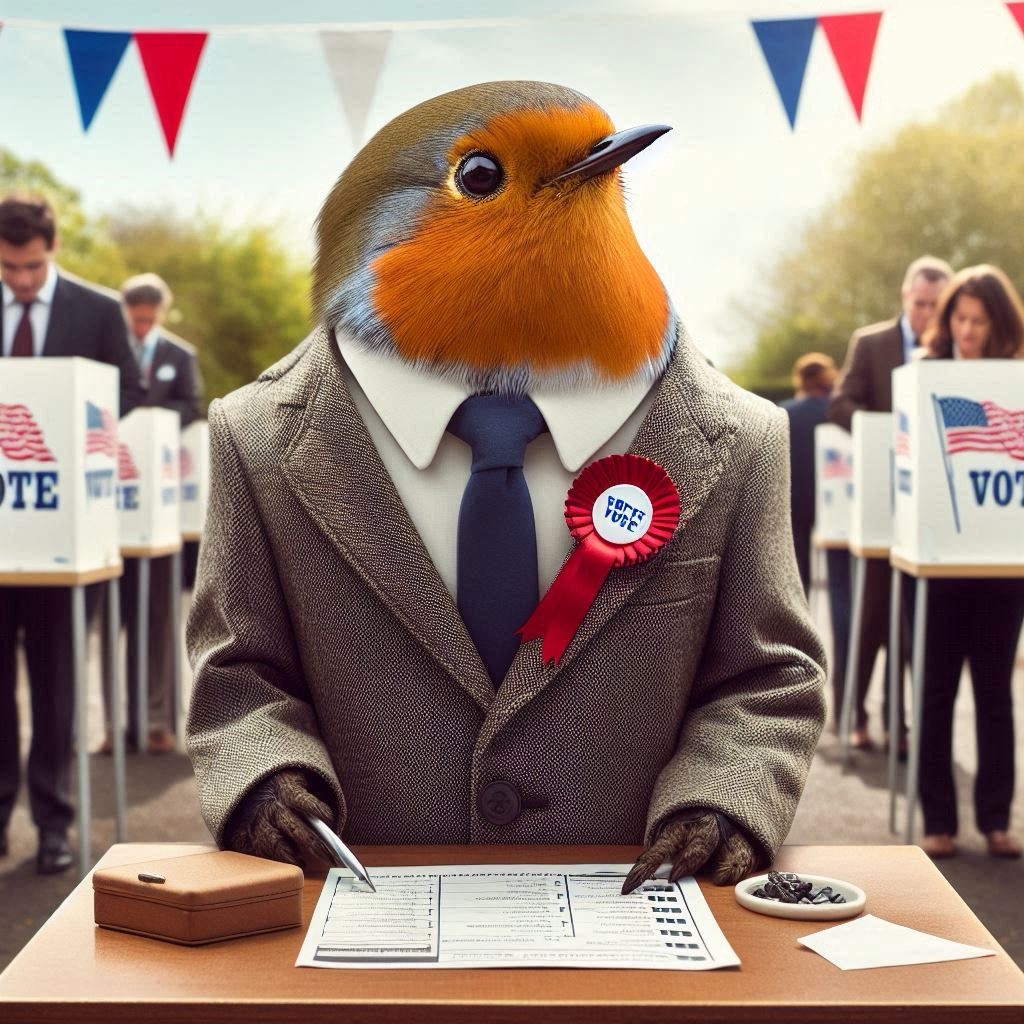It's a color additive that can cause genetic damage
Halloween treats can also be tricks. Everybody knows candy nearly always contains a lot of sugar but it also contains a lot of other things, mostly additives, like titanium dioxide.
Some additives are relatively harmless but titanium dioxide can build up in the body over time and cause genetic damage that can lead to cancer and other health problems. It might also harm your immune system and nervous system.
The European Union has already banned titanium dioxide in food. Some groups in the US are asking the FDA to ban it here too, but the FDA hasn't done anything yet.
Where's it found?
Avoid foods with titanium dioxide. Check ingredient lists carefully, as it might be hidden under names like "artificial color."
Here are several popular candies that may contain titanium dioxide, according to the Center for Science in the Public Interest:
- Candy corn
- Sour Patch Kids
- Dubble Bubble gum
- Trolli gummies
- Skittles
- Ring Pops
- Warheads
More about titanium dioxide
Titanium dioxide is a chemical that's often used to make things look really white. Think of it like a really fine powder that can be mixed into other substances.
Where is it found?
-
Food: It's used in a lot of food to make it whiter or brighter. Things like candy, frosting, and even some processed cheeses might contain it.
-
Cosmetics: It's also common in things like sunscreen, makeup, and toothpaste.
-
Other products: You can even find it in paints, plastics, and paper.
Is it dangerous?
There's some debate about how dangerous titanium dioxide is, and it depends on how you're exposed to it.
-
Inhaling: Breathing in a lot of titanium dioxide dust, like in an industrial setting, can be harmful to your lungs.
-
Eating: This is the most controversial part. Some studies suggest that eating tiny particles of titanium dioxide might be linked to health problems like:
-
Damage to your genes (DNA)
-
Cancer
-
Problems with your immune system and nervous system
What to do
More research is needed to be absolutely sure about the long-term effects of eating titanium dioxide. If you're concerned, it's a good idea to:
-
Read labels carefully: Look for "titanium dioxide" or "artificial colors" on ingredient lists.
-
Choose foods without it: There are plenty of foods that don't contain titanium dioxide.
Photo Credit: Consumer Affairs News Department Images
Posted: 2024-10-21 17:17:19



















